Sabbatical Journey
Perhaps the crown jewel of any Egyptian tour is the Valley of the Kings. The Valley of the Kings is situated outside the city of Luxor (Thebes in ancient times) about 45 minutes into a desert mountain valley. The valley consists of 64 known tombs, about 20 unfinished tombs, and presumably some tombs that have not yet been located. All of these tombs were looted in ancient times and so most of the treasures do not survive. The main exception, of course, is King Tutankhamen's tomb, which was looted more than once, but then left undiscovered for centuries with the majority of the treasure intact. Of these tombs, we had the chance to enter and explore 5 of them on a blisteringly hot day.
Some of the tombs are very small with one short tunnel into the mountain and then a chamber at the end, but most are much more elaborate with long tunnels -- some longer than 300 meters -- all with elaborate art covering the walls, with chambers along the walls and then successive chambers at the end. Nearly every square inch of the tombs is covered with carvings and/or paintings, though some remained unfinished as the king had to be buried 70 days after death and so the tomb preparation had to end at that time regardless of completion. Because these tombs are protected against the sun and wind and many other elements that would normally damage art over time, the artwork is very well preserved and the colors are truly magnificent!
The tombs we visited were: Ramses III, Ramses IV, Tutankhamen, Hatshepsut, Seti I. Each of these was unique with Hatshepsut and Seti tombs being the most spectacular. Tutankhamen's tomb is really quite underwhelming, though his is the only one that still contains the mummy.
After our visit to the Valley of the Kings, we also went to Queen Hatshepsut's Temple nearby. It is a rare Egyptian temple built as three floors. After her death, later kings went to the temple and defaced the artwork in the temple to remove her face (and at times whole body) and her name in hieroglyphics because of the sexism against female rulers.
Valley of the Kings
Luxor, Egypt
Perhaps the crown jewel of any Egyptian tour is the Valley of the Kings. The Valley of the Kings is situated outside the city of Luxor (Thebes in ancient times) about 45 minutes into a desert mountain valley. The valley consists of 64 known tombs, about 20 unfinished tombs, and presumably some tombs that have not yet been located. All of these tombs were looted in ancient times and so most of the treasures do not survive. The main exception, of course, is King Tutankhamen's tomb, which was looted more than once, but then left undiscovered for centuries with the majority of the treasure intact. Of these tombs, we had the chance to enter and explore 5 of them on a blisteringly hot day.
Some of the tombs are very small with one short tunnel into the mountain and then a chamber at the end, but most are much more elaborate with long tunnels -- some longer than 300 meters -- all with elaborate art covering the walls, with chambers along the walls and then successive chambers at the end. Nearly every square inch of the tombs is covered with carvings and/or paintings, though some remained unfinished as the king had to be buried 70 days after death and so the tomb preparation had to end at that time regardless of completion. Because these tombs are protected against the sun and wind and many other elements that would normally damage art over time, the artwork is very well preserved and the colors are truly magnificent!
The tombs we visited were: Ramses III, Ramses IV, Tutankhamen, Hatshepsut, Seti I. Each of these was unique with Hatshepsut and Seti tombs being the most spectacular. Tutankhamen's tomb is really quite underwhelming, though his is the only one that still contains the mummy.
After our visit to the Valley of the Kings, we also went to Queen Hatshepsut's Temple nearby. It is a rare Egyptian temple built as three floors. After her death, later kings went to the temple and defaced the artwork in the temple to remove her face (and at times whole body) and her name in hieroglyphics because of the sexism against female rulers.



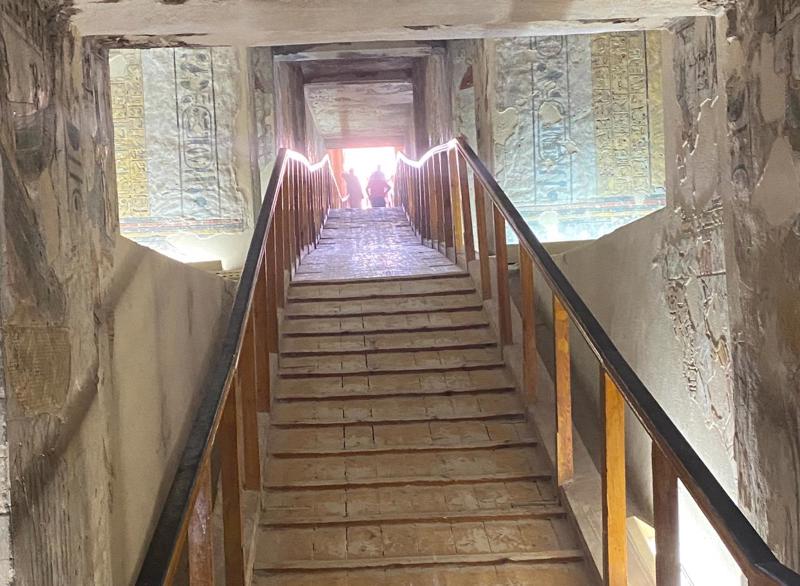
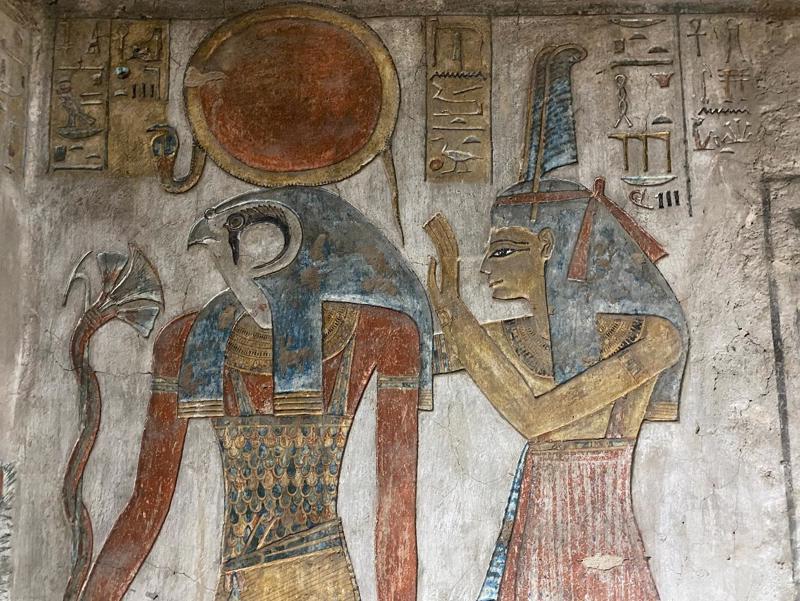
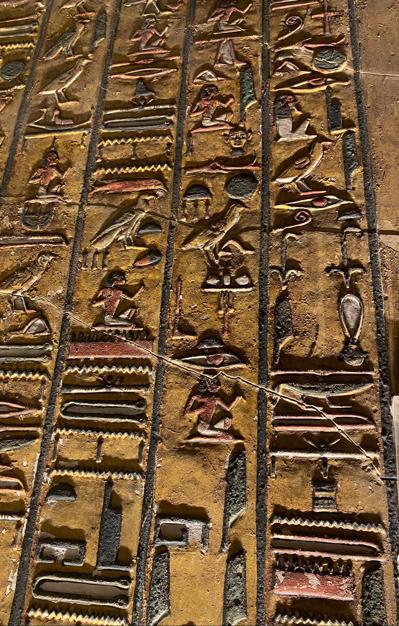

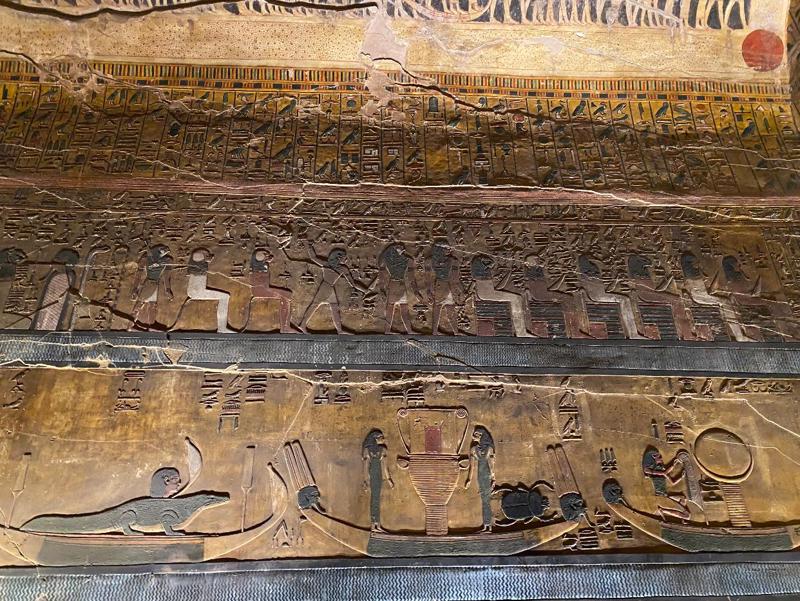
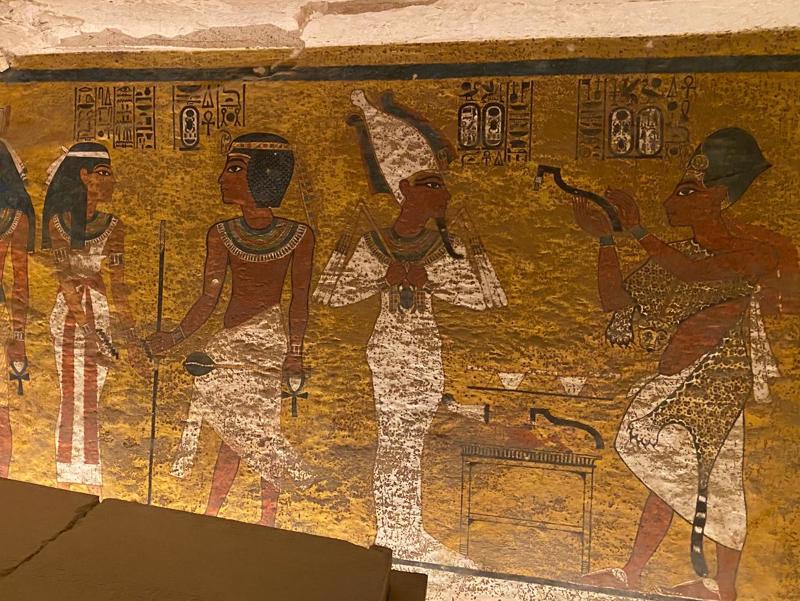
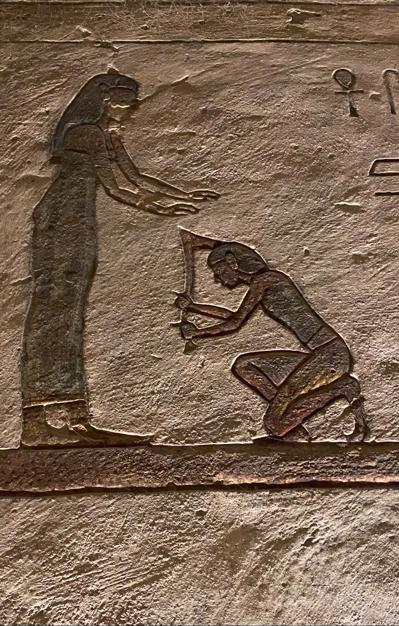
1.
Foreword
2.
The Itinerary
3.
Packing
4.
Cairo - Part 1
5.
Cairo - Part 2
6.
Sites of Ancient Egypt
7.
Egyptian Temples
8.
Valley of the Kings
9.
Egyptian Culture and Final Thoughts
10.
From Egypt to Morocco
11.
Northern Morocco
12.
Water and Climate Issues
13.
Cultural Capital of Morocco
14.
The Sahara Desert and Atlas Mountains
15.
The Road of 1000 Kasbahs and onto Marrakech
16.
A Wee Break in Londontown
17.
Malawi - First Impressions
18.
BEE World Pastor's Course
19.
Malawi’s National Parks
20.
Zomba Plateau
21.
Malawi, a Retrospective
22.
Plant with Purpose Tanzania
23.
Tanzania Safari
24.
Safari Animal Sighting List
25.
Enchanting Istanbul
26.
Classical Turkey & the Aegean Coast
27.
Cappadocia
28.
Lisbon
29.
Portugal's Heartland
30.
A Rocha Visit and the Southern Coast of Portugal
31.
Welcome
32.
Looking Back and Moving Forward
33.
...and home!